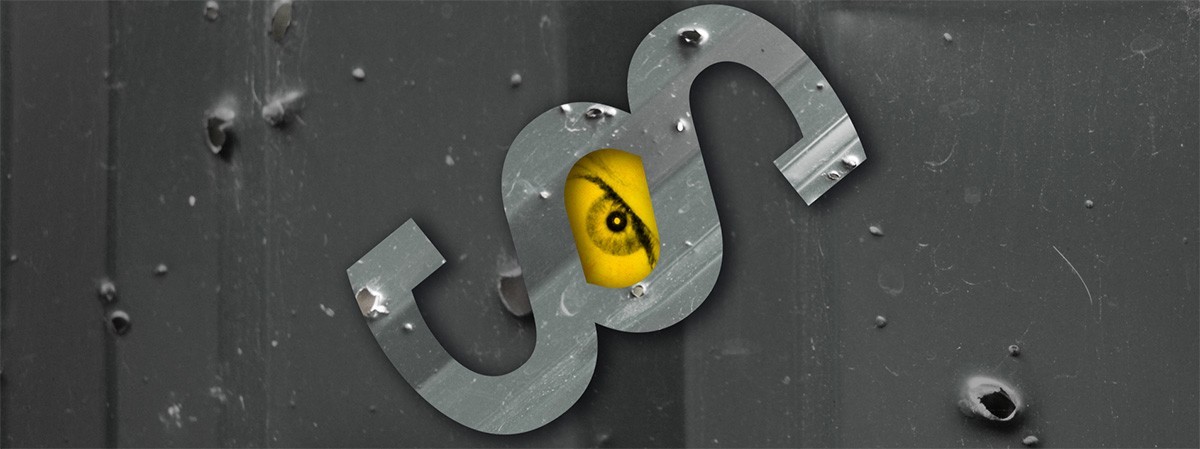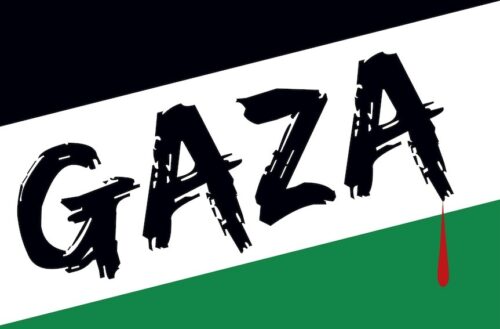On September 23 the American media went viral publishing articles and comments on the arrest by the FBI of Jarrett William Smith, a United States soldier who discussed plans to attack a major American news network, planned to travel to Ukraine to fight with the Azov regiment and distributed information online how to make bombs. He also suggested targeting Antifa people and one of the Democratic presidential candidates. It is noted that Smith had been apprehended the day after he had shared the plans to go on a killing spree with a contact who in reality was an FBI agent, according to the NYT. CNN later reported that their Atlanta headquarters was Smith’s intended target, according to the Washington Post. CNN released similar information to that of the two sources informed on the matter.
Smith is reported to have joined the US army to get access to ammunition and training. Smith reportedly had a mentor, another American, Craig Lang who, according to the document, “fought with the Right Sector, another group in Ukraine similar to the Azov”. The document provides an extract from communication between Lang and Smith via social media, “All right, I will forward you over to the guy that screens people he’ll most likely add you soon… Also as a pre-warning, if you come to this unit and the government comes to shut down the unit you will be asked to fight. You may also be asked to kill certain people who become on the bad graces of certain groups”.
In the article by Vice from summer 2016, Craig was described as an ex-US soldier who had been with Ukrainian military units for years. The author of the article claimed he had interviewed Craig at the Right Sector base. Craig claimed he felt betrayed by the US army after he had been kicked out because he had deserted the unit to be with his wife.
According to NPR, Jarrett William Smith came under investigation in March, when authorities learned he had given bomb-making lessons on Facebook. The FBI also says Smith was in talks about travelling to Ukraine.
The Army Times also notes Smith’s intentions and desire to fight with the Azov regiment describing the military unit under the direct command of the Interior Minister of Ukraine as a “Ukraine-based violent far-right paramilitary group, the Azov Battalion”. The article also described the Right Sector as “another far-right paramilitary group”.
This is not the first case in which security services of various states cite the involvement of foreigners in the conflict in Ukraine and spread far-right views. The Azov Regiment as well as the Right Sector units is under the command of Ukraine’s Defense and Interior ministries. The Special Operations Detachment Azov Regiment is a Ukrainian National Guard unit. The Kyiv Post, for instance, in their article from December 2018 described the Azov regiment as a “combined arms special task unit attached to the 3th Mechanized Brigade of the Armed Forces to fulfill combat missions “in the Joint Forces Operation zone in accordance with high-command orders.”
Interpol, in their annual report on the EU terrorism situation and its trends, write that in 2018 terrorism continued to be the major threat to EU security. They also point to increasing polarization and the rise of extremist views as a concern for EU Member States. The report maintains they have information on foreign terrorist fighters having travelled to alternative theatres of conflict but in low numbers. However, the report provides information on the fact that with the decline of the combat zone in Syria, there were cases of jihadi fighters travelling to other destinations, including Ukraine. Austria has estimated that with the decline of ISIS in Iraq and Syria, North Caucasians, who constituted 40 % of their FTFs, increasingly returned to their former focus of fighting, Russia. Austria also stated that at least two North Caucasian fighters travelled to the conflict area in Eastern Ukraine – where they were fighting on the Ukrainian side.
In 2018 Australian media started to write about their far-right extremists who had been travelling to Ukraine to fight on the side of the Ukrainian authorities. The ABC in May 2018 ran an article entitled “From Neo-Nazi to militant: The foreign fighters in Ukraine who Australia’s laws won’t stop,” which tells the story of a 23-year-old soldier from Brisbane, a member of neo-Nazi Right Wing Resistance group, who “joined thousands of ultranationalists flocking from across the world to take up arms in the eastern Ukrainian region of Donbass. Mr Tilling and former Royal Australian Air Force airman Jared Bennet joined a patchwork of pro-Ukrainian militia groups taking on the Russian-backed separatists in a chaotic and stuttering conflict, which has become to right-wing extremists what the war in Syria is to jihadists”. What the newspaper describes as “patchwork of pro-Ukrainian militia jihadi types” in reality is a military structure under command of the Interior Ministry of Ukraine.
Bellingcat researchers also identify a number of Russian citizens belonging to the far-right spectrum who joined the ranks of the Azov neo-Nazi regiment. What unites all these people is, according to Bellingcat, a “devotion to a brand of neo-Nazism so blatant, including openly glorifying Hitler, that even its leader admits is too “hardcore” for the public space”.







